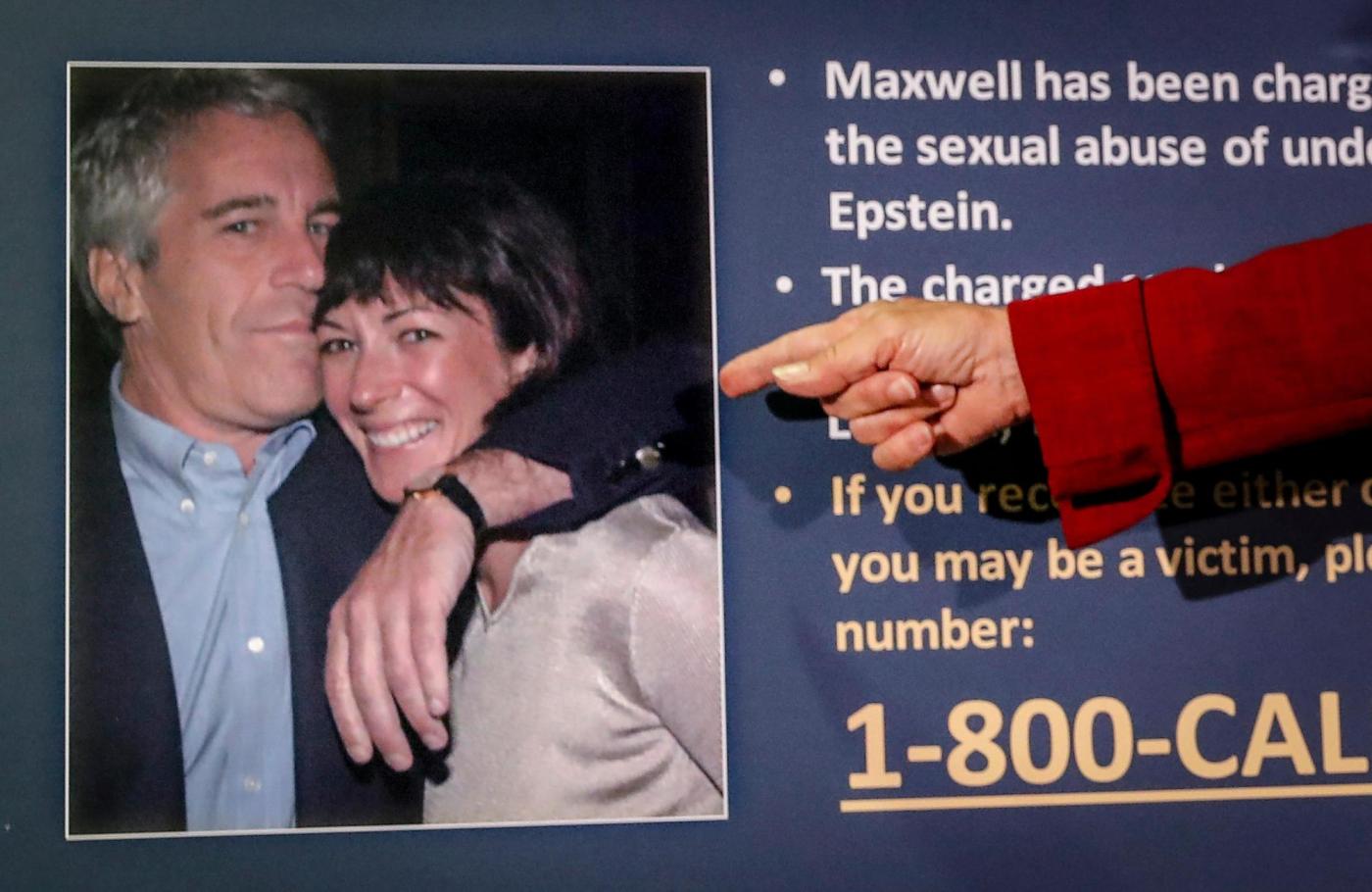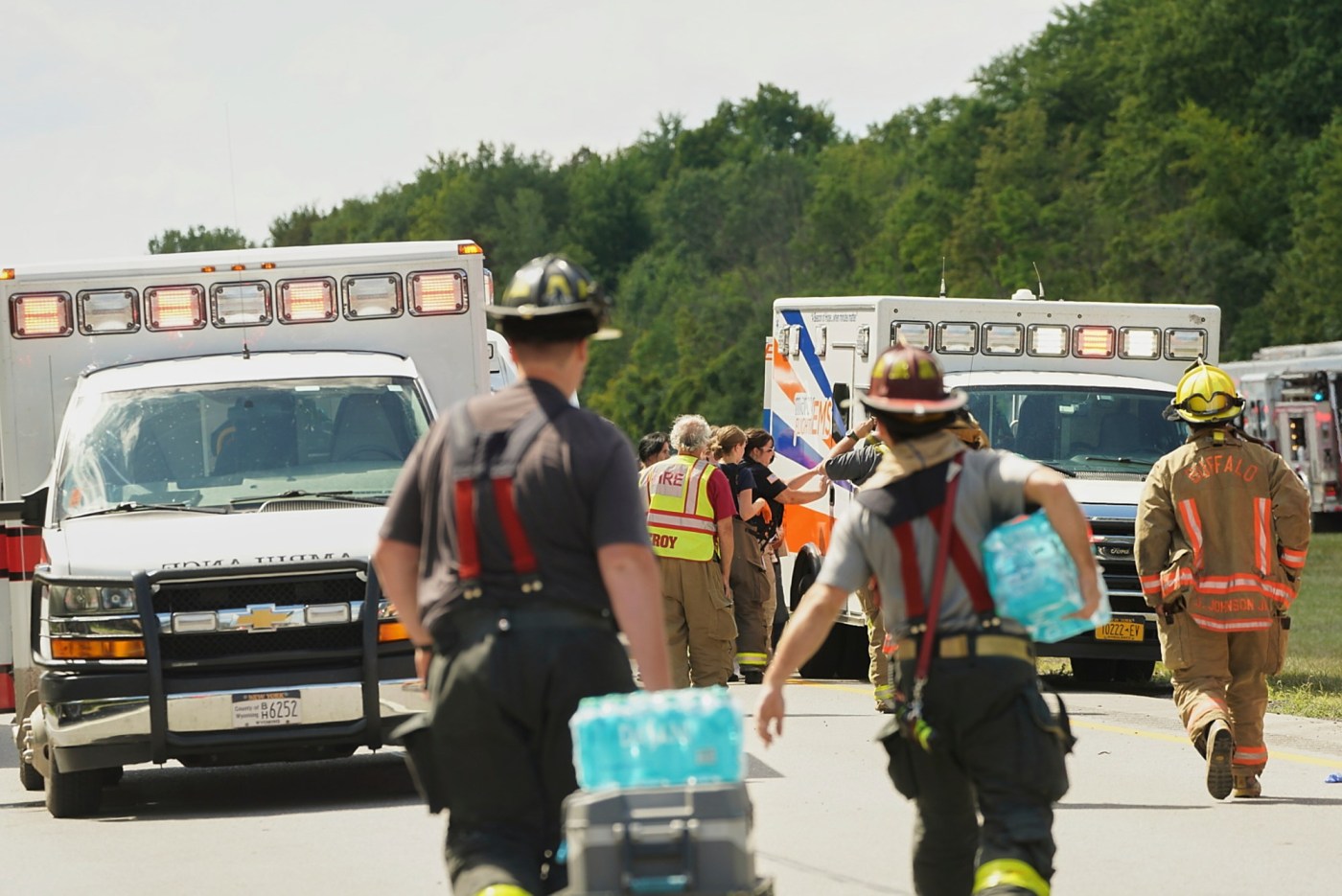California’s long-embattled bullet train faces another dilemma.
A new report released Friday by the California High-Speed Rail Authority warns that the scaled-down Central Valley segment — the only portion of the line currently under construction — is unlikely to be profitable when trains begin running, as early as 2032. The report projects that revenue will cover only 45% to 74% of operating costs.
Now, the rail authority is pushing to build the project beyond the 171-mile stretch between Merced and Bakersfield, which Gov. Gavin Newsom embraced in 2019 as a more modest goal, shelving the original plan for a line between San Francisco to Los Angeles to an undetermined date. But Ian Choudri, the authority’s CEO, doesn’t want the project to stall out in the Central Valley. Building to the state’s major population centers concurrently with the Central Valley segment could increase ridership to the point of profitability, the report indicates.
“We’ve been re-evaluating the entire program in all aspects — from design and construction, to funding and financing,” Choudri said in an interview with this news organization last month.
The 96-page report lays out four different alternatives to extend the line as far north as Gilroy, where it could connect to Caltrain, and south to Palmdale, where it could connect with MetroLink to Los Angeles. Some of the alternatives propose cutting the 33-mile link north to Merced, heading west to Gilroy straight from Madera to save money. Merced would still connect to Madera via the existing San Joaquins Amtrak line with terminuses in Sacramento and Oakland.
Each of the alternative routes would significantly increase the initial operating segment’s price tag and push back the opening to 2038, exactly three decades after state voters approved $9.95 billion in bonds to bring high-speed rail to California.
In its report, the rail authority seems to be diagnosing the same problem that many critics have long raised: a rail line between Merced and Bakersfield would be a train to nowhere.
Indeed, it was never meant to function as a standalone line. Starting in the Central Valley was a condition of a $715 million federal grant, which aimed to spur job growth in the farm belt. At the time, the rail agency said it wouldn’t even run trains along the first segment until the rail line could be connected further north and south.
Now, as critics say the project should be abandoned, Choudri is making the case that the state is in for a penny, in for a pound. If the state commits to an extended route, future revenue estimates could be enough to lure private investors who can build the rail line faster.
“The sooner you build, the quicker you can get the money back to pay for the system,” Choudri said.
But critics point to the years of delays, ever-ballooning costs and still no tracks laid.
“It’s time to take a step back and ask, ‘What makes sense now?’” said Lee Ohanian, a senior fellow at the Hoover Institution at Stanford. “Let’s not throw good money after bad.”
California High Speed Rail Authority CEO Ian Choudri poses for a portrait at The Mercury News in downtown San Jose, Calif., on Tuesday, July 29, 2025. (Nhat V. Meyer/Bay Area News Group)
Choudri says the project can be salvaged.
He is urging lawmakers to commit a fixed amount annually from the state’s cap-and-trade program, which charges California companies for the greenhouse gas emissions they produce. The rail currently receives a 25% cut of annual cap-and-trade revenues, but the program is set to expire in 2030, and would need to be reauthorized by the Legislature.
If lawmakers decide to only complete the Merced to Bakersfield route, the state would need to commit $1 billion annually for 15 years, a figure Newsom laid out in his most recent budget proposal. That would bring the segment’s total cost to $36.75 billion, more than the original 2008 estimate for the entire line from San Francisco to Los Angeles of $33 billion.
A Merced-Bakersfield line would bring in some 1.6 to 2 million riders a year, according to authority estimates. Bypassing Merced and going to Gilroy would quadruple that figure. And going down to Palmdale could see annual ridership of nearly 18 million.
But extending the railway that far would cost significantly more. A Gilroy-Palmdale route bypassing Merced would require a state commitment of either $5.1 billion per year over 15 years (for a total cost of $76.5 billion) or $3.06 billion over 45 years (for a total cost of $227 billion). Like a mortgage payment, stretching out the term could ease the annual burden, at the cost of ballooning the total expense with interest payments.
It’s not clear where the authority imagines California finding the extra funding. Cap-and-trade revenue wouldn’t be enough — dollars fluctuate from year to year, with next year’s budget estimating $4.8 billion. A number of other environmental programs directly related to clean air and water are also reliant on the program.
Choudri has said that long-term stable funding provides a guarantee to private infrastructure developers who could help finance construction, allowing the state to avoid associated stop-and-go delays.
From the beginning, the project was slated to attract private capital — but investors have hesitated to bite due to ever-fluctuating funding. Beyond the initial $9 billion bond that voters approved in 2008, the project has received federal grants, and some $7 billion from the cap-and-trade program over the past decade. Earlier this month, the Trump administration announced it would pull $4 billion in federal grants slated for the project, citing cost overruns and limited progress. California is suing to get the money back, though it could be years before a ruling.
Beyond money, the authority would also need the Legislature’s approval to pursue a new route. Specifically, lawmakers would need to loosen SB 198, passed in 2022, which mandated the rail authority prioritize construction from Merced to Bakersfield and imposed a $500 million cap on what the authority could spend outside of the Central Valley.
If there’s any time to divert the route away from Merced, it would be now. The authority still hasn’t started construction north of Madera, nor has it begun acquiring right-of-way between the two cities.
A preliminary design rendering for the California High-Speed Rail Merced station, released in Feb. 2024. (Rendering by Foster + Partners/ARUP, Courtesy of California High Speed Rail Authority)
Related Articles
Weber: Death by 1,000 towns — How rural cities and counties slowed high-speed rail to a crawl
California high-speed rail boss courts private investors with proposals for AI, energy revenue
Latest line: A good week for High Speed Rail CEO, a bad week for home insurance buyers
Mathews: Trump’s opposition to California high-speed rail is a blessing in disguise
A new plan for California’s high-speed rail
But city leaders in Merced — home of the newest UC campus — have been planning around the promise of a high-speed rail station that would anchor their downtown and connect UC Merced students to the rest of the state.
The rail authority stresses that these are merely “scenarios,” and that it will be up to the Legislature to decide whether to reroute the system. All of the options leave open the possibility for a Merced station at some point.
“It’s a resequencing,” rail authority spokesman Micah Flores said.





